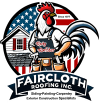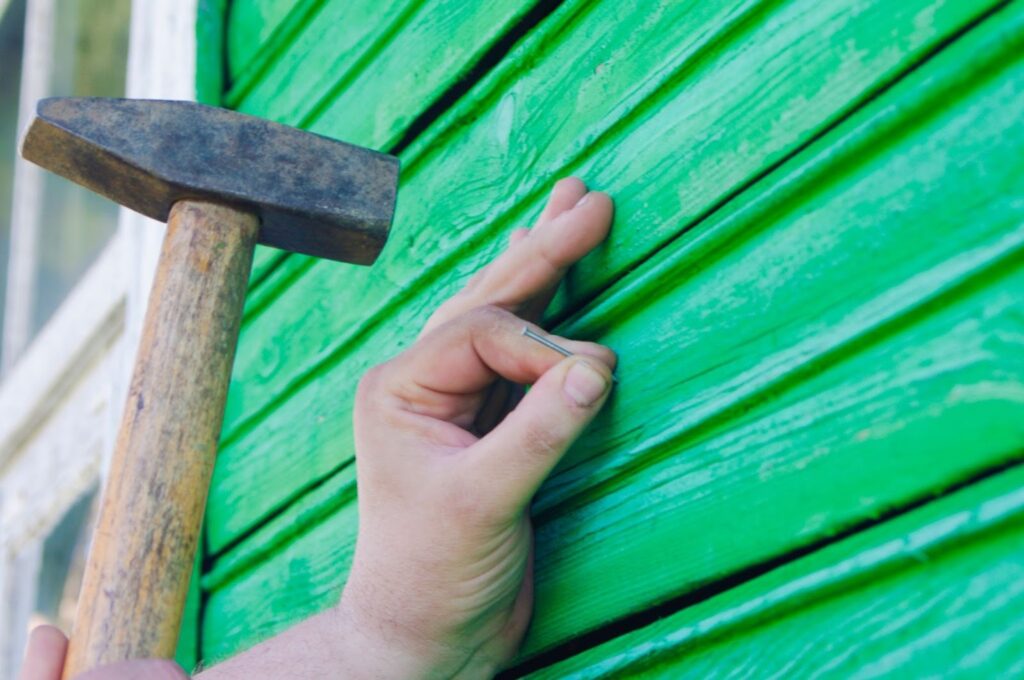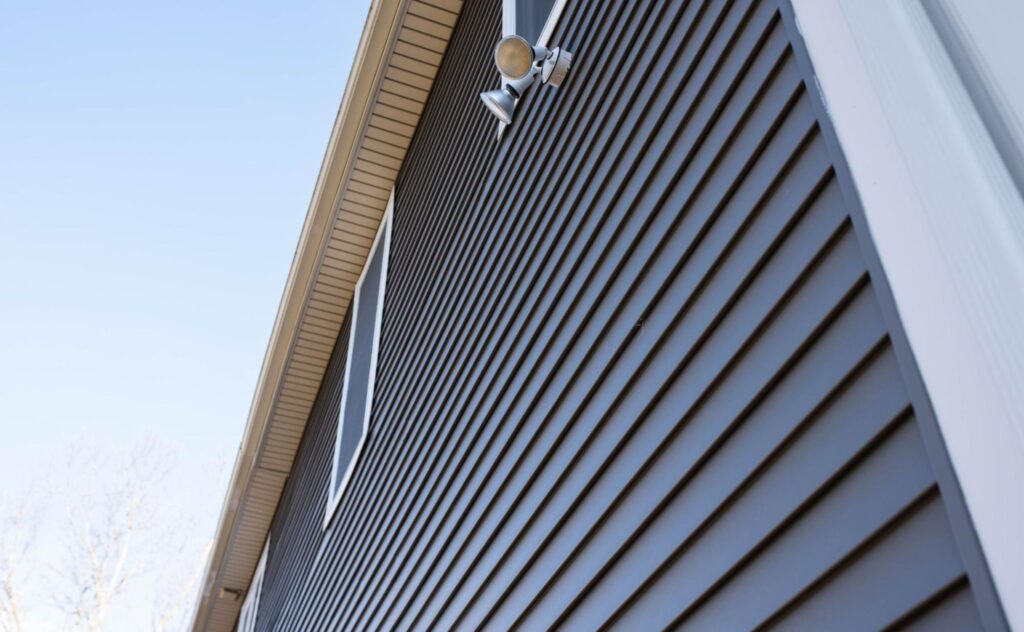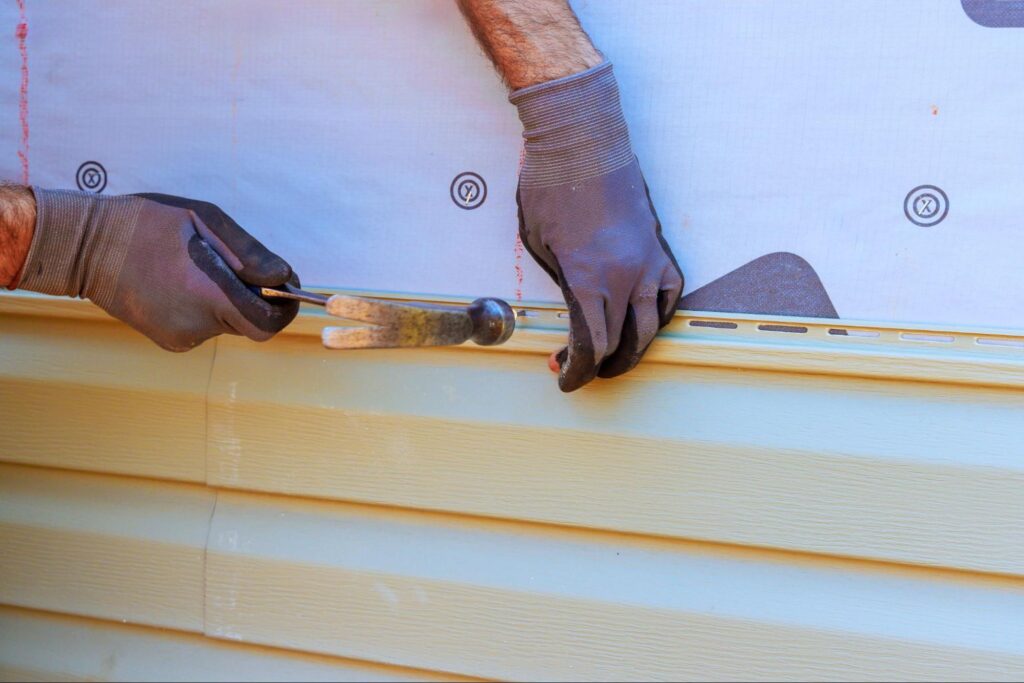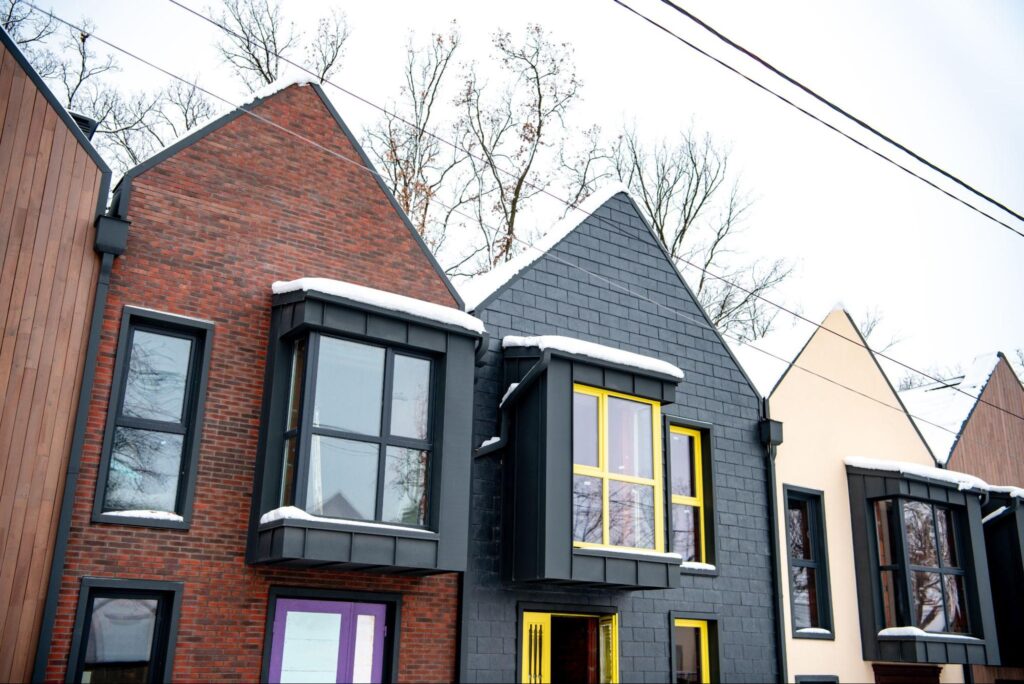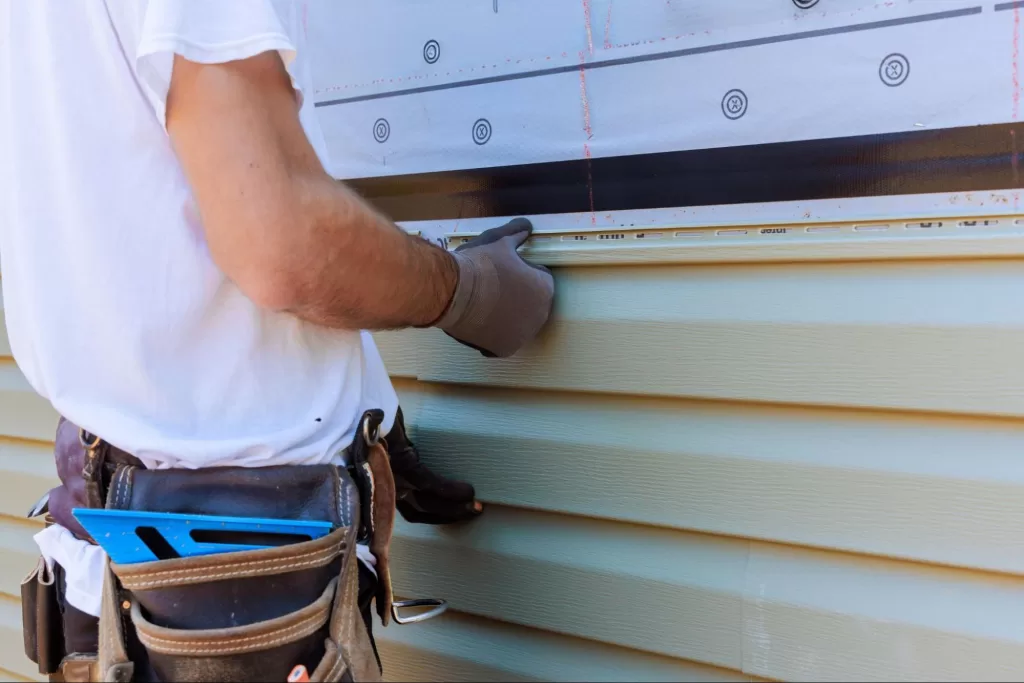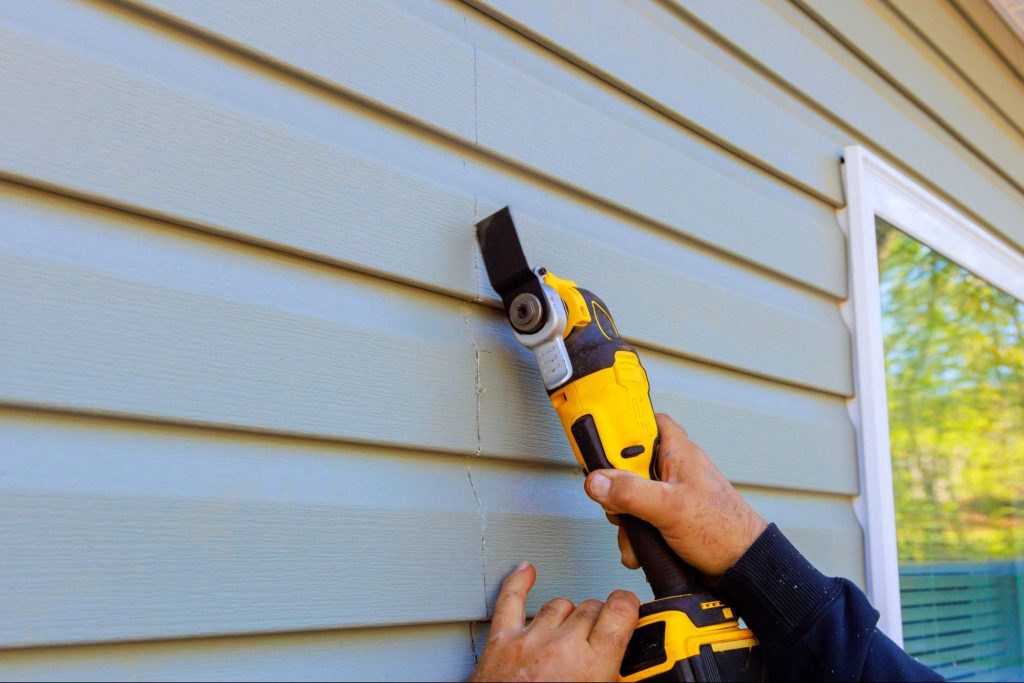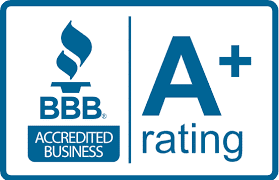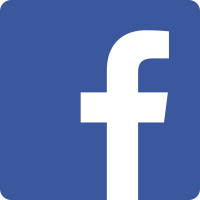What You Should Know About the Cost to Replace Siding
Every homeowner eventually faces the reality that their siding won’t last forever. Cracks, fading, and warping often signal it’s time for replacement, not just repairs. New siding does more than refresh curb appeal; it protects your property, enhances insulation, and raises resale value. Understanding the cost of replacing siding helps property owners make informed, confident decisions that benefit their homes for years. Understanding the Real Cost to Replace Siding The cost of replacing siding depends on several interconnected factors that shape the total project expense. Homeowners typically pay anywhere from $6,000 to $25,000 based on material type, home size, and labor requirements. Regional labor rates and architectural complexity can shift pricing considerably. By understanding these elements, you can predict your project’s real cost rather than relying on national averages that don’t match your situation. Material Type and Its Impact on Pricing Material choice drives the largest share of the siding replacement cost. Vinyl is usually the most affordable, offering durability and minimal upkeep. Fiber cement and engineered wood provide longer lifespans and stronger protection against weather, but they cost more to install. Wood siding gives a timeless look yet requires frequent sealing or staining. Metal siding, such as steel or aluminum, provides a modern, sleek finish that performs well in extreme climates. Each option influences total spending differently, depending on installation needs and longevity expectations. Home Size and Exterior Design Complexity A home’s size and layout directly affect how much siding it needs and how long installation takes. Larger homes naturally use more materials and require longer labor hours. Complex architectural designs, featuring peaks, corners, and trims, add difficulty that raises labor costs. Simpler exteriors with flat surfaces and fewer obstacles usually cost less to replace. Homeowners should consider both surface area and design details when budgeting. This ensures they account for hidden expenses that may arise once installation begins. Labor Costs and Contractor Skill Level Labor rates are a significant part of siding expenses and vary by region. Experienced siding contractors charge more, but they bring precision, speed, and warranty-backed results. Less skilled labor might appear cheaper, but it often leads to misaligned panels or moisture gaps. Fixing those mistakes later can be far more expensive than paying for skilled work upfront. Selecting a contractor with verifiable experience protects your investment and your home’s structure. Professional expertise transforms a costly project into a long-term solution instead of a short-lived repair. Additional Costs That Influence Siding Replacement Replacing siding often uncovers additional expenses that go beyond the surface materials. These include old siding removal, wall repairs, insulation improvements, and finishing details. Homeowners who budget only for installation often face surprises once work begins. Accounting for these extras from the start leads to a smoother, more predictable project experience. Removing and Disposing of Old Siding Old siding must come off before new panels can be installed correctly. Removal costs depend on material type, home size, and disposal requirements. Homes with asbestos or older cement boards need specialized handling, which raises costs. Contractors usually charge between $1,000 and $3,000 for removal and cleanup, but these costs may vary based on location and project complexity. Proper removal also allows installers to inspect the underlying walls for hidden damage. This step ensures the new siding attaches securely and performs as expected for years. Repairing Damage Underneath the Old Siding Once panels are stripped away, hidden problems can appear beneath the siding. Rot, insect damage, or moisture infiltration often require repair before installing new siding. Depending on severity, these repairs can cost several hundred to several thousand dollars. Ignoring them risks ongoing structural issues compromising the home’s safety. Fixing underlying damage strengthens the base and helps new siding last longer. It’s an essential part of preserving your home’s look and performance. Adding or Upgrading Wall Insulation Installing new siding creates the perfect opportunity to enhance insulation. Upgraded insulation helps regulate temperature, reduce noise, and lower energy bills. Options include foam board, house wrap, or insulated siding panels. Although it adds to upfront costs, these improvements pay off through reduced heating and cooling expenses. Well-insulated walls also protect against moisture buildup and mold growth. In the long term, the added efficiency can save homeowners more than they initially spent. Finishing Touches and Design Enhancements Trim, soffits, and fascia boards complete a home’s polished appearance. Upgrading these elements adds cost but increases curb appeal and protection. Painting, caulking, and installing decorative details bring visual consistency across the exterior. Neglecting them can leave exposed edges that allow water intrusion. Investing in quality finishes ensures your siding looks refined and functions correctly. The added visual appeal also boosts property value immediately after installation. Average Cost to Replace Siding by Material Type Each siding material has its own pricing, advantages, and maintenance needs. Costs vary by product, location, labor rates, and home design. Choosing the right material means weighing initial cost against long-term performance. Homeowners can use these typical ranges as a starting point for planning realistic budgets. Pricing estimates are based on current industry averages and may vary depending on region, market conditions, and supplier rates. All costs are subject to change over time. Vinyl Siding Cost Range and Benefits Vinyl siding usually costs between $4 and $9 per square foot installed. It remains the top choice for homeowners due to its affordability, low maintenance, and variety of styles. Vinyl resists moisture, pests, and fading better than wood. Cleaning requires only soap and water, keeping maintenance simple. While cheaper varieties can crack in extreme weather, mid-grade vinyl offers excellent durability. For most homeowners, vinyl provides the best balance between budget and long-term value. Fiber Cement Siding Price and Performance Fiber cement siding costs between $7 and $13 per square foot installed. It’s made from a mix of cement, sand, and cellulose fibers, offering superior strength. The material resists rot, insects, and fire better than most other siding types. Although heavier and more labor-intensive to install, its lifespan often exceeds 30 years. Fiber cement also holds paint exceptionally well,
